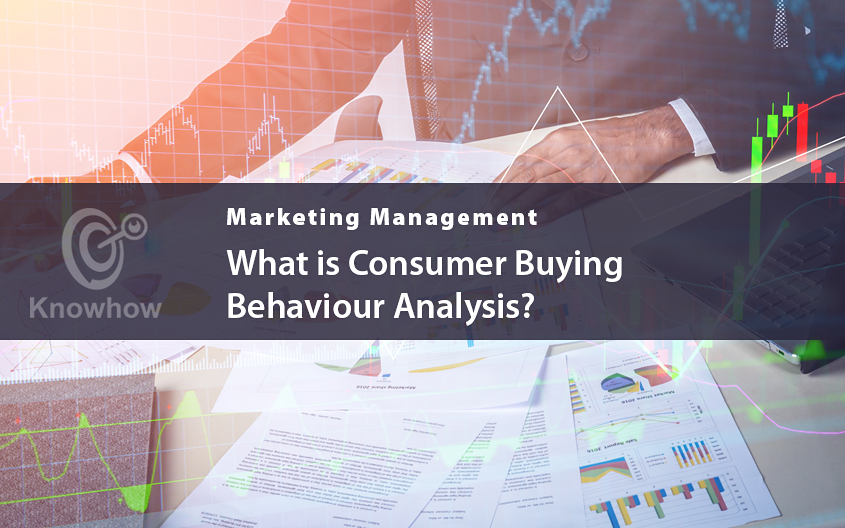
At its base, the marketing department has one main task — to understand and satisfy consumer’s needs, wants, and desires. To achieve that, it has to have insight into consumer behaviour. That means understanding aspects such as purchase, utility, and disposal of products. If an organisation fails to understand its consumers, results can be disastrous.
This is where consumer buying behaviour analysis is absolutely vital
Everything you want to offer, every product or service that you plan to sell needs to be adapted to your target demographic. To your end consumer.
What happens when you fail to adjust to your consumers?
You fail to create an impact. You lose time and resources. One of the best examples for this is Walmart. This chain of stores is immensely popular in the US. When they wanted to expand to Latin America, they ignored the fact that US consumers and Latin American consumers differ significantly. So they replicated their US store design in the new environment. As a result, the new Walmart stores based in Latin America failed in their target goals, and the expansion to this market was deemed as a total failure.
Individual, emotional, and cultural influences all have an impact on consumer buying behaviour
.
Cultural Influences
Sub-culture and social class have a role in finalising consumer decisions. For instance, a consumer from the US is exposed to choice, individualism, achievement, freedom, etc. Religion, race, ethnicity, and geographic location define consumer behaviour on a sub-culture level. On the other hand, a social class consists of consumers with the same education, taste, income level, and feeling of inferiority or superiority. Both of these affect purchasing decisions significantly because most people buy products and services based on their perception of themselves.
However, no matter how influential a culture alone may be, it cannot completely shape consumer behaviour. Social forces within one’s culture also have a significant impact. These forces consist of peer groups, friends, family, role, and status in one’s society.
Groups that have an influence on the consumer are reference groups. These groups can be made of family members, friends, and colleagues with whom the consumer has contact on a regular basis. There are also secondary groups, and they consist of people with whom consumers have less interaction.
Individual Influences
One’s personality traits also have a significant influence on buying behaviour. However, personality traits tend to change over time, so every person’s buying behaviour can change whenever their personality traits change.
The choice of occupation, income, background, friends — all of this can affect buying behaviour. A programmer and a journalist would have completely different buying patterns when it comes to clothing, vehicles, technology, etc. However, just because people come from similar backgrounds or have similar occupations, doesn’t mean that they will have similar lifestyle patterns
Individual buying behaviour depends on factors such as learning, perception, motivation, attitude, and beliefs. All of these affect the consumer at a subconscious level and determine their buying behaviour.
Perception is what a consumer understands about a product or a service through their basic senses. That’s why marketers frequently have to pay more attention to consumer’s perception of the brand in ar great detail than to what the product offers.
Learning is a result of experience. So if a consumer buys something that results in a positive experience, it will become pleasant learning. As a result, a consumer will start linking a brand with positive notions. For instance, through decades of experience, people learned that Swiss-made watches are precise, so now, companies can take advantage of this experience and advertise their new watches as Swiss-made.
What organisations need to do in order to market their products and services successfully is look beyond buying behaviour and focus on the buying process
The Buying Process
Complex buying behaviour is different in nature, and it demands higher buyer involvement since it is infrequent, more expensive, and the available choices offer significant differences.
Habitual buying is buying things that we need in our everyday lives such as groceries and clothes. That type of buying demands a lower buyer involvement, as it is frequent, inexpensive, and there are fewer differences between brands.
The buying process consists of several stages — purchase need, decision making, search for information, evaluation of alternatives, the final decision, and post-purchase behaviour.
Organisations invest a significant amount of effort into trying to understand this process. They are trying to learn what their consumers expect at every stage of the process, as well as what their experiences look like.
What marketers need to do to turn this process in their favour is make product information easily accessible, boost brand awareness and recognition, develop products that are in line with consumer’s perception of the brand and ensure consistent performance and consumer satisfaction.
In the End
Consumer markets are defined by many factors, as is consumer behaviour and the buying process itself. That is why organisations need to understand and track all three of these in order to create a successful strategy that will deliver optimal results.
Related content:
Marketing Management Knowhow – learn more about marketing with our collection of educational articles.
From corporate printed pens, branded mugs, water bottles, logo post-it notes, through to eco-friendly giveaways, promotional clothing and custom notebooks and promotional coasters, here at GoPromotional we believe that you are sure to find the widest selection of promotional products to help successfully market your brand.
If however, you require further information or have any specific questions, don’t hesitate to give a member of our experienced team a call on 0800 0148 970 or simply email us today.






